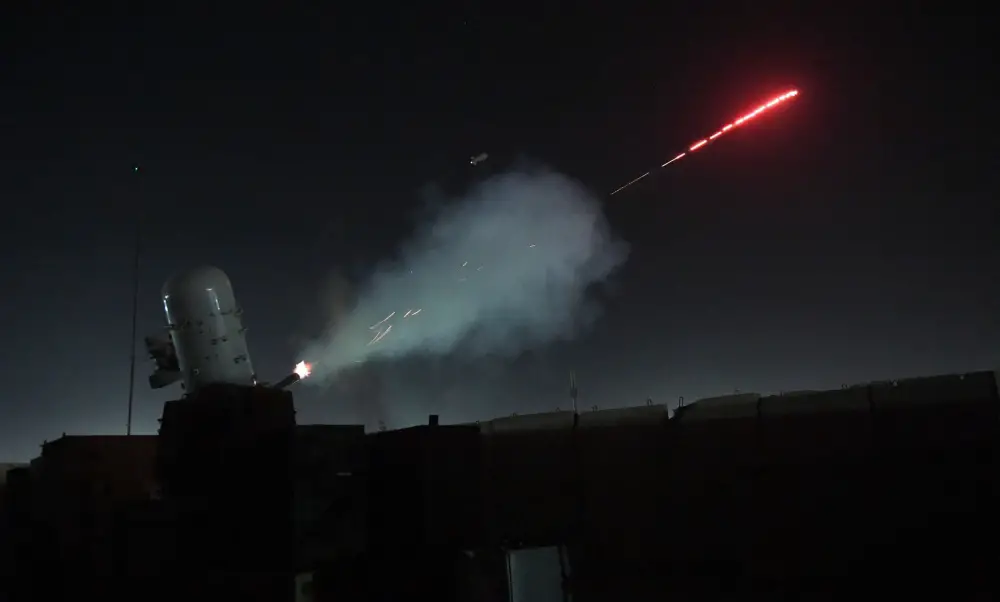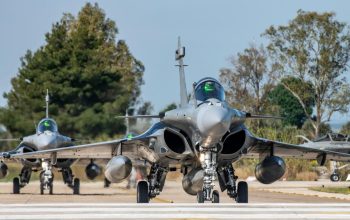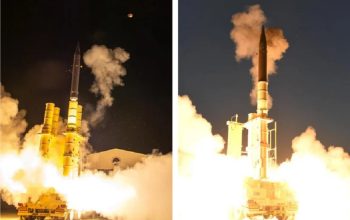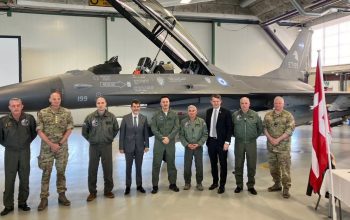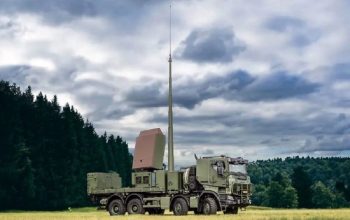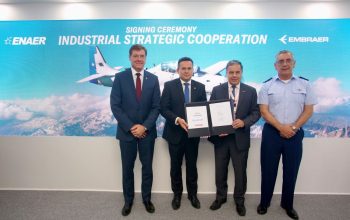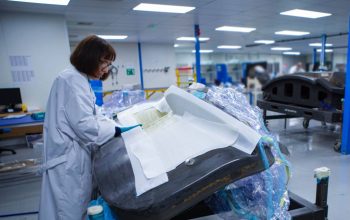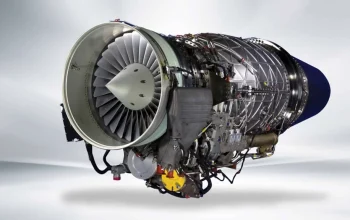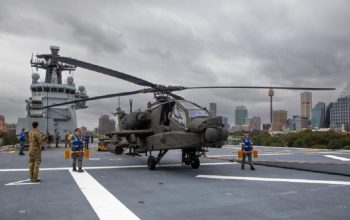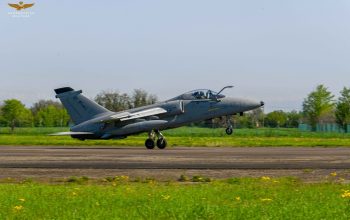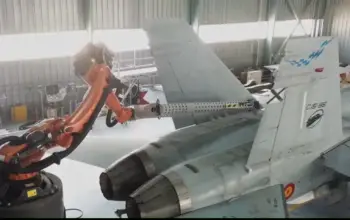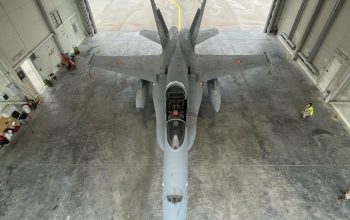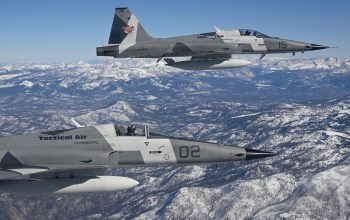The Centurion C-RAM (Counter-Rocket, Artillery and Mortar) is designed and manufactured by the American Company Raytheon. Seeking a solution to continual rocket and mortar attacks on bases in Iraq, the U.S. Army requested a quick-to-field antiprojectile system in May 2004, as part of its Counter-Rocket, Artillery, Mortar initiative. The end result of this program was the “Centurion”. For all intents and purposes a terrestrial version of the U.S Navy’s Phalanx CIWS. Deployment to Iraq began in 2005, where it was set up to protect forward operating bases and other high-value sites in and around the capital, Baghdad.In 2008, there were more than 20 CIWS systems protecting bases in the U.S. Central Command area of operations. A Raytheon spokesman told the Navy Times that 105 attacks were defeated by the systems, most of them involving mortars. Based on the success of Centurion, 23 additional systems were ordered in September 2008.
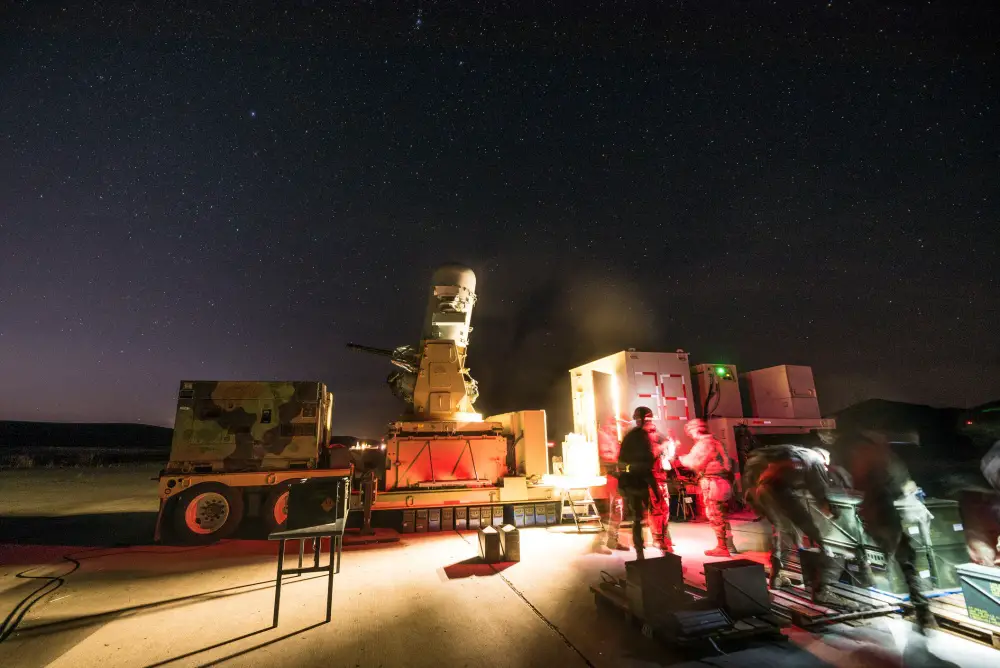
Each system consists of a modified Phalanx 1B CIWS, powered by an attached generator and mounted on a trailer for mobility. Including the same 20 mm M61A1 Gatling gun, the unit is likewise capable of firing 4,500 20–mm rounds per minute.Like the naval (1B) version, Centurion uses Ku-band radar and FLIR to detect and track incoming projectiles, and is also capable of engaging surface targets, with the system able to reach a minus-25-degree elevation. The Centurion is reportedly capable of defending a 0.5 sq mi (1.3 km2) area. One major difference between the land- and sea-based variants is the choice of ammunition. Whereas naval Phalanx systems fire tungsten armor-piercing rounds, the C-RAM uses the 20–mm HEIT-SD (High-Explosive Incendiary Tracer, Self-Destruct) ammunition, originally developed for the M163 Vulcan Air Defense System. These rounds explode on impact with the target, or on tracer burnout, thereby greatly reducing the risk of collateral damage from rounds that fail to hit their target.
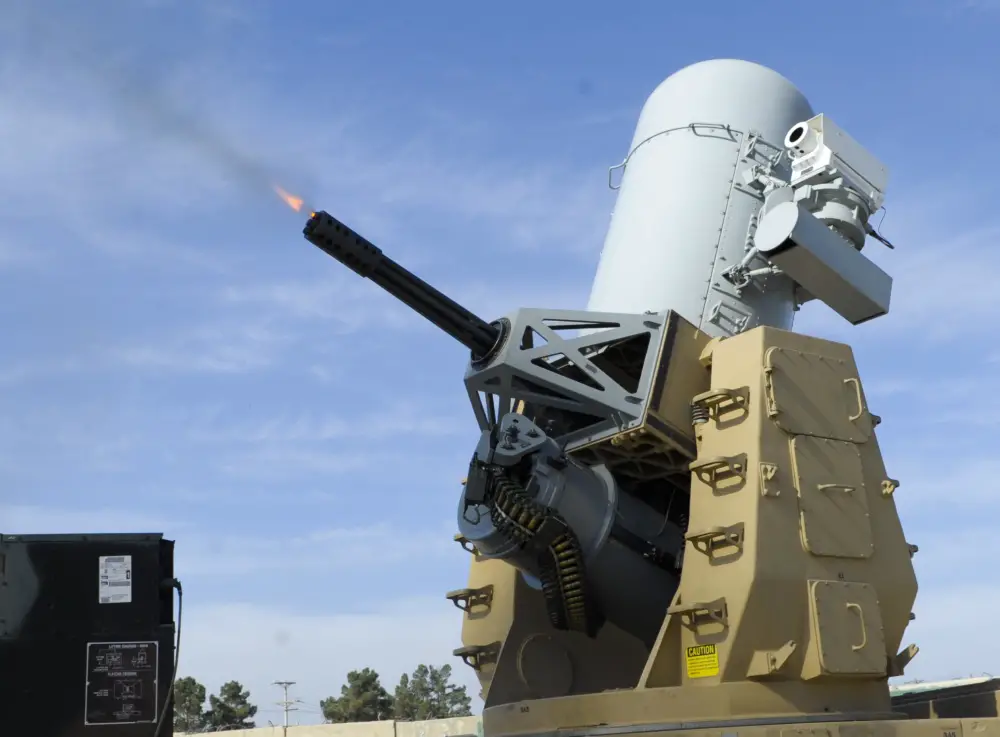
In the land-based configuration, a Phalanx Block 1B is mounted on a wheeled platform, which provides both a stable site and mobility to allow for repositioning. The Centurion can be mounted on a trailer or the rear side of the Oshkosh truck. In October 2008, Raytheon and Oshkosh unveiled the Mobile Centurion, which mounts the system on a hybrid-electric HEMTT A3 heavy truck. The deployment of the Phalanx Block 1B and its integration into a holistic approach to defeat rocket, artillery and mortar threats is changing the face of security operations in urban settings and will force insurgents to seriously consider their activities when attacking high value sites.The Phalanx Turret is a very powerful weapon, on both vehicles and infantry, as the 20mm AA gun will inflict severe damage against enemy troops, light vehicles, and medium vehicles while the Missile Launcher will inflict heavy damage against Aircraft.
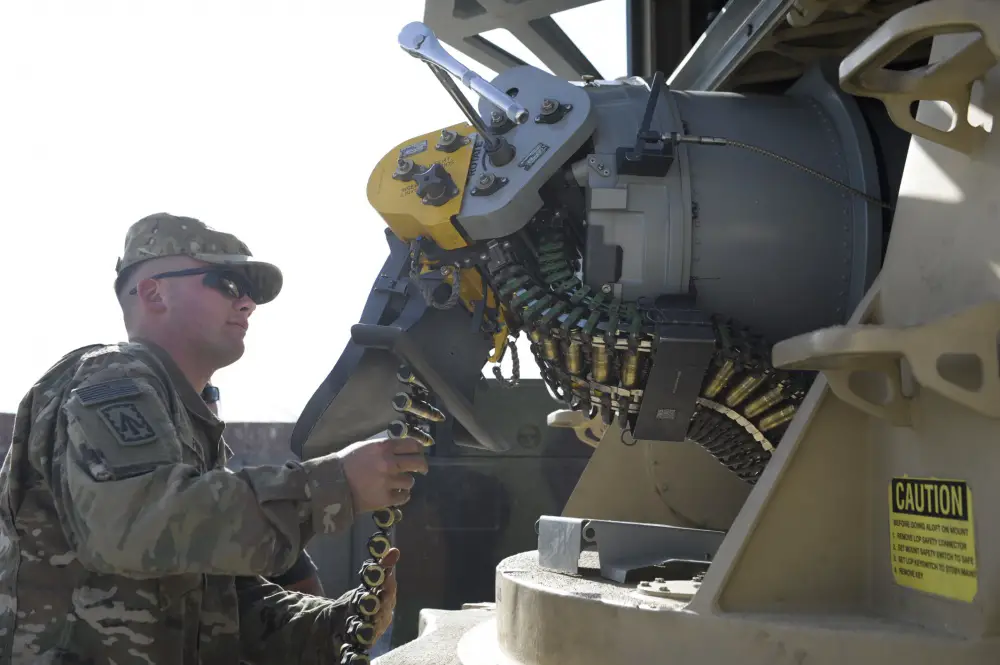
C-RAM components include the Forward Area Air Defense Command and Control (FAAD C2), Land-based Phalanx Weapon Systems (LPWS), Lightweight Counter Mortar Radars (LCMR), Firefinder radars, Ka-band Multi-Function Radio Frequency Systems (MFRFS), Air and Missile Defense Workstation (AMDWS), and several other components that contribute to system intercept and communications. A main component of the C-RAM system is the LPWS, which is modified from the U.S. Navy MK-15 MOD 29 Block IB, Baseline 2 Close-In Weapon System, and mounted on a commercial 35-ton semi-trailer for land-based operations. The M61A1 20mm Gatling gun is capable of acquiring its target and firing at a rate of 4,500 rounds per minute. The Forward Area Air Defense Command and Control (FAAD C2) system integrates the sensors, weapons, and warning systems for C-RAM Intercept.


